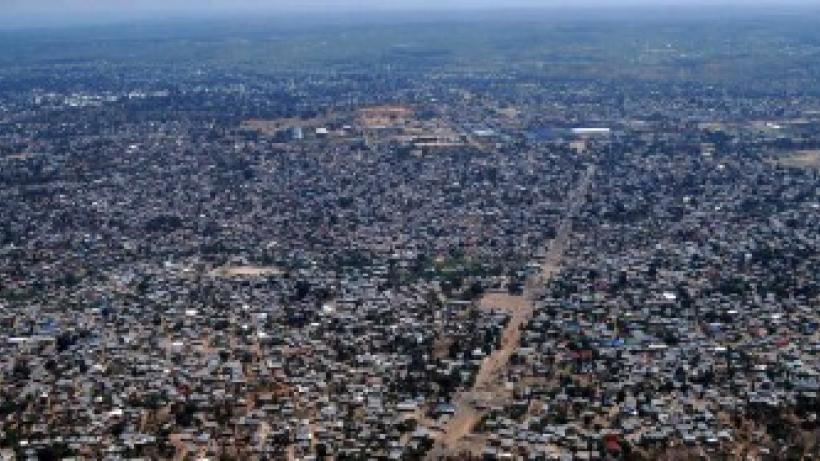
Urbanisation, growth and poverty reduction: The role of secondary towns
Debates on development and urbanisation seldom go beyond a dichotomous rural-urban distinction. However, the composition of urbanisation – how the urban population is distributed across larger cities and smaller towns – may be just as important as the aggregate rate of urbanisation.
As Africa’s poverty reduction has not been as fast as hoped for, despite robust growth, and its urban population lives already highly concentrated in the major urban centres, the question about the role of secondary town development as an alternative to foster poverty reduction becomes ever more pertinent. This also holds true in Tanzania.
So, should Tanzania foster growth through investment in large cities? Or should the same total amount of investment be more geographically spread across secondary towns? This is the question motivating a new qualitative IGC study on the role of secondary town development versus city expansion in facilitating access to jobs off the farm for the rural poor.
The effect on growth and poverty reduction of these competing policy options depends on the interplay of three forces: (i) intra-urban agglomeration effects and congestion costs, (ii) the economic linkages between urban and rural areas and (iii) the rural-urban migration flows. The new economic geography literature, for example, emphasises the importance that urban size plays in fostering economies of scale and agglomeration, which are found to propel economic growth. There is however a tipping point beyond which returns to size may start to decline. Once cities become too big, congestion costs can cause a decline in economic growth. There are also positive spill-overs of urban centres on the rural hinterlands, through consumption linkages, urban-rural remittances, upward pressure on agricultural wages, and the generation of rural non-farm employment. It is unclear whether, in the aggregate, spill-overs are larger when the urban population is concentrated in few large urban centres, or when it is more spread out across a greater number of smaller urban centres. Finally, due to a series of migration barriers, poorer people, which remain largest in number in the rural areas, may find it easier to connect to growth and jobs in and around smaller urban centres nearby than when these jobs are created further away in a limited number of large cities. .
The primary contribution of this project lies in understanding the third phenomenon, how the nature of urbanisation affects growth and poverty through its effect on rural-urban migration. In particular, while migration to large urban centres may come with faster income growth for those who make it, many do not make it and larger contributions to poverty reduction may come from migration off the farm, to other rural areas, or to towns. Our quantitative analysis of the Kagera Health and Development Survey (KHDS) shows for example that even though migrants would receive much larger premiums by moving to more distant cities, most people prefer to move into the nearby non-farm economy or to closer secondary towns. Decomposing this further shows that moves to secondary towns make up a much larger share of total growth and poverty reduction than moves to cities. So, why would migrants, especially the poorer ones, choose rural centres or towns over cities and what does this tell us about where to invest?
In the qual-quant tradition, the project exploits the KDHS, which has been tracking individuals between the early 1990s and 2010, to yield a stratified sample of 100 small town and city migrants as well as a group of returnee migrants with whom life histories are conducted. The qualitative information will be further linked back to the quantitative data on those same respondents from the KDHS. This way, a rich narrative around destination choice among rural-urban migrants will be developed, with particular attention to the features distinguishing smaller from larger urban centres.

